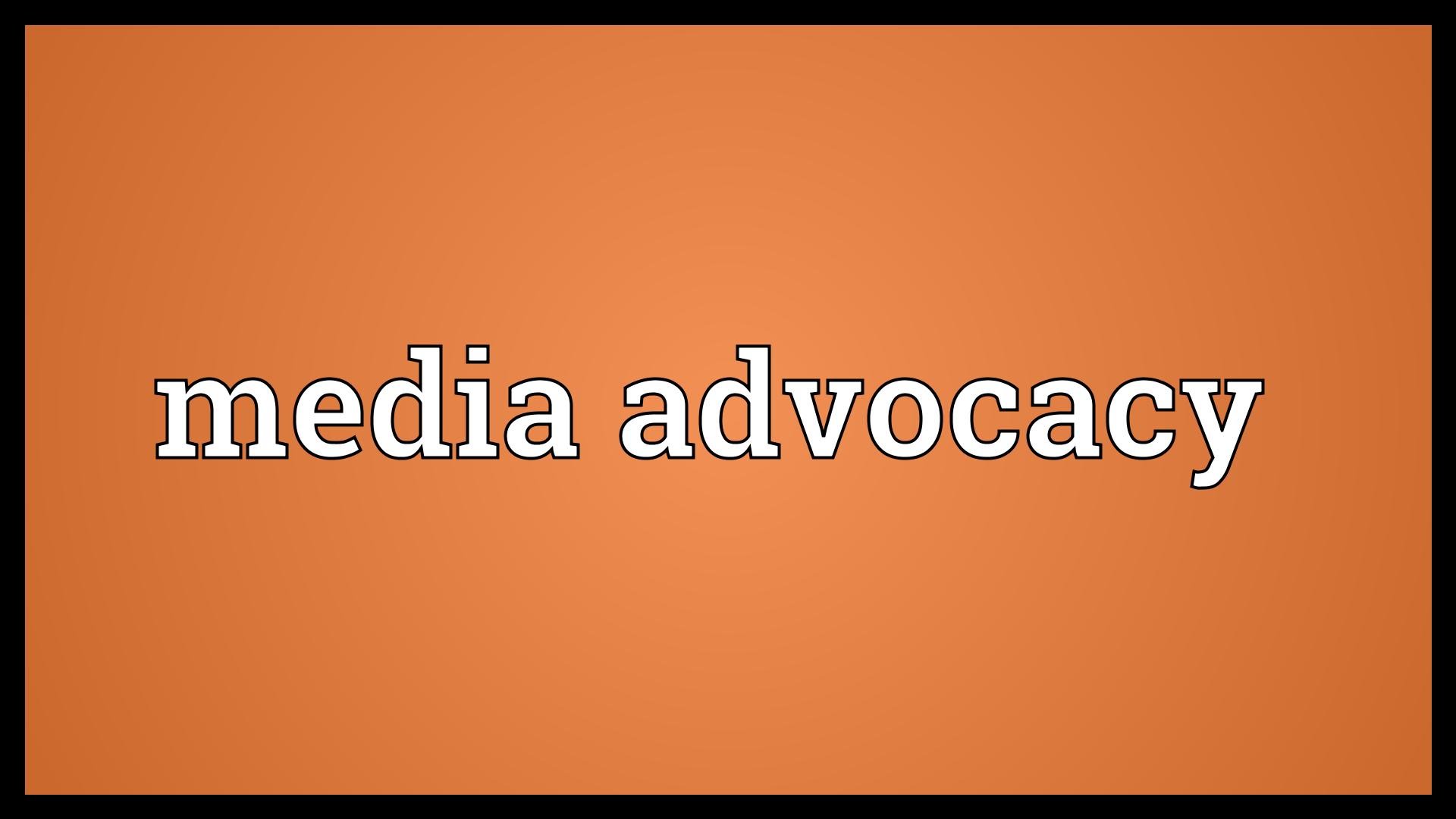Media Advocacy Process Develop Skills
By Shahriar Hossain
What is Media Advocacy?
Media advocacy is the strategic use of news making through TV, radio and newspapers to promote public debate, and generate community support for changes in community norms and policies. Advocating for the goals of safe, healthy and prosperous communities, identifying barriers to strategic policy implementation, and sharing current research through news making all help policy makers and the general public to more fully engage in creating systemic changes that improve the world we live in.
Members of the general public are the ultimate decision-makers and opinion leaders in our society. Community attitudes, beliefs, norms, and practices are shaped by the dialogues that take place within families and the social networks we experience in our everyday lives.
The manner in which policy makers and the public understand and resolve the challenges faced by communities in today’s world, is guided by the quality of information available to them. The news media, as a primary source of information, play a very powerful role in shaping the public dialogues that eventually form community rules and standards
Foundation Building for the Media Advocacy Process Develop Skills
Given the powerful impact of the news media
- You are advised to have a strategic and well-planned approach to integrate news making into your issue campaign
- Anticipate the result of widespread dialogue on your issue
- Do what you can to become knowledgeable in news making
Identify Partners
There is a myriad of individuals, organizations, public officials and agencies that likely share your views on a given public health issue. Brainstorm who they are and which of them would have the greatest positive impact on your target audience, then bring them into your planning and development process as appropriate.
It is exciting when unlikely partners come together for common goals. The media love to see a gang member side-by-side with a police officer, or a drug treatment worker next to the emergency room doctor. Look carefully back to the problem and contributing factors to search for these alliances—people who share the problem and may be willing to work together for solutions.
Gather Information on Your Issue
Data and other succinct, relevant facts are needed for effective news making. You don’t want reams of long-winded detail or scholarly analysis; short, clear facts and figures are best for news.
Statistics make stories come alive, and add considerable legitimacy to your issue. Local stats are best, and if your group hasn’t yet developed – through surveys, observations or archival searches – detailed information about your issue, then get started!
Develop a Plan
Planning is crucial. The place to start is with the issue and policy goals you are setting out to accomplish. Once you have established a time frame and objectives for your issue campaign, then you can develop an effective news making plan that delivers the needed messages to the key targets.
Remember the definition of media advocacy is the strategic use of the news media to advance policy goals. The word strategic can’t be emphasized enough. Who you want to “talk to” when you broadcast your message must be carefully considered. And remember, one story won’t accomplish much (though it will accomplish some good). Most often the changes we seek some about from a carefully plotted series of news media activities.
Monitor Your Results
Subscribe to a newspaper clipping service (or share one with a coalition), get copies of TV stories on video (through a news monitoring service or record them yourself), have people monitor radio, print and TV to determine quantity and quality of coverage. Then share copies of articles and TV stories with key people for further impact.
Learn from Your Results
Consistently debrief as a group after every major news output and learn from what worked well and what could be improved, then make the relevant adjustments for next time.
Checklist: Components of a Successful Media Advocacy Campaign
- Clearly definable problem
- Data, other information on the problem
- Policy goals
- Issue amenable to media advocacy
- Comprehensive media advocacy plan
- Community media advocacy participants and “authentic voices”
- Backup news making options developed
- Anticipation of and preparation for future media advocacy opportunities & crises
- Quick response capability
- Trained media advocacy participants
- Flexibility
Media Advocacy Terms and Explanations
News Events
Community groups can generate news interest by creating events for the media. The goal is to achieve coverage — not for simple publicity purposes, BUT for spreading your advocacy message. Media events need to be:
- brief
- simple
- new information and/or action focused
- strategically timed
- For television they must also be visual
- For radio they must have good sound
JOURNALISTIC NEWS RELEASE
This is a self-written information piece about your message, news story or event with more depth and detail than an advisory. News releases are especially helpful to smaller newspapers and radio stations that can’t write or get out to every story. Parts of a good news release often will be printed or used in a news short just as submitted. It tells a story and comes to life with:
- facts and figures
- names and quotes
- calls to action
INTERVIEWS
These can be very effective for advancing your advocacy goals, BUT require careful planning and preparation. Do your homework — be prepared with main talking points, data, arguments and counter-arguments
Tips: Before accepting an interview invitation, know all you can about the station or paper. Be clear about their “ground rules,” the host and any politics. Is the host or interviewer truly interested in serious discussion OR just going to provoke conflict and confrontation? If you are not sure, remember not all exposure is good exposure
